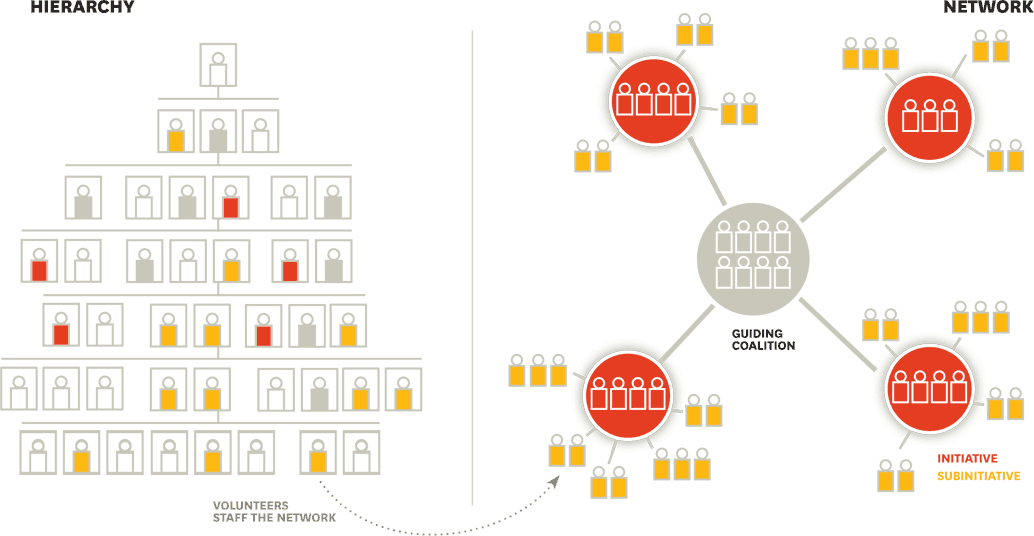Modifying The Dual Momentum Strategy
Post on: 25 Ноябрь, 2016 No Comment

Summary
- Increase the number of securities for inclusion in the portfolio.
- Shorten the look-back period.
- Use SHY as the circuit breaker ETF.
- Include volatility as a ranking metric.
- Rebalance every 33 days.

Employing a Dual Momentum strategy for portfolio management works well during a bear market as one flees to less volatile securities. That special attention to risk places downward pressure on the portfolio return during bull markets. The following model increases the probability of improving portfolio return simply by increasing the number of ETFs available for inclusion in the portfolio, shortening the look-back period, and reviewing the portfolio every 33 days instead at the end of the month. The reduced look-back period from 12 months to 6 months reacts faster to market changes, while the 33-day rebalancing period reduces the problem of whipsaws. There are other benefits to using the 33-day review or rebalancing period. One major advantage is that the review date floats throughout the month and is not subject to particular end-of-month activities such a mutual fund portfolio dressing.
Here is how the portfolio management model works.
- Select securities one will include in a portfolio. In this model we use 10 ETFs plus SHY as SHY is the cutoff ETF — to be explained later. The ETFs are selected on the basis of low correlations and their coverage of the major asset classes. Global diversification is essential.
- Set up a method to rank the securities. In this model three metrics are used. 1) A 50% weight is assigned to the security performance over the past 91 calendar days. 2) 30% is allocated to the performance over the past 182 days. 3) 20% of the weight is set to volatility. An example ranking table is shown below. This ranking model provides a robust system, not necessarily the ultimate model.
- The securities are ranked every 33 days as that is the length of time between portfolio reviews. Selection of the 33 day interval avoids wash sales, short-term commission fees, and the review floats through the month. One could extend the period to something greater than 33 days, but it likely should be no longer than every 45 days.
- If two securities, ETFs in our example, rank above SHY, invest equal amounts in those two securities.
- If only one security ranks above SHY, invest 50% in that security and 50% in SHY.
- If no securities rank above SHY, invest 100% in SHY.
The model is quite simple. Rank, select, and invest.
ETF Ranking Table: Here is an example of the ETF ranking table. Based on last Friday’s data (11/22/2014), only three ETFs ranked above SHY so those are the potential candidates for purchase. ETFs that are performing below SHY, our cutoff or circuit breaker ETF, are sold.
Buy Recommendations: For this Sample portfolio, equal weights of Vanguard Real Estate (NYSEARCA:VNQ ) and Vanguard Total Equities (NYSEARCA:VTI ) are recommended so we purchase 630 shares (rounded to nearest ten) and 470 shares of VTI. The portfolio is then placed in neglect mode for another 33 days at which time the ETFs are ranked again and the same decisions are followed.
Performance Graph: How has this model performed over the past eight plus years, an interval that encompasses both bear and bull markets? The following graph shows performance information from 6/30/2006 and running into the fall of 2014. Pay attention to the top graph (light green) and the bottom graph (brown) as the top graph is generated by the described modification of the Dual Momentum model and the bottom graph is the Vanguard Target Retirement 2025 Inv Fund (MUTF:VTTVX ) benchmark.
Criticism of the Dual Momentum (DM) model is that it lags during major bull markets. Checking the slope of the modified DM model and the benchmark index, one sees that these few changes can make a significant difference in portfolio return while holding down risk in bear markets.
Disclosure: The author is long VNQ, VTI, TLT, SHY. (More. ) The author wrote this article themselves, and it expresses their own opinions. The author is not receiving compensation for it (other than from Seeking Alpha). The author has no business relationship with any company whose stock is mentioned in this article.














